1. The Man Who Crawled the World
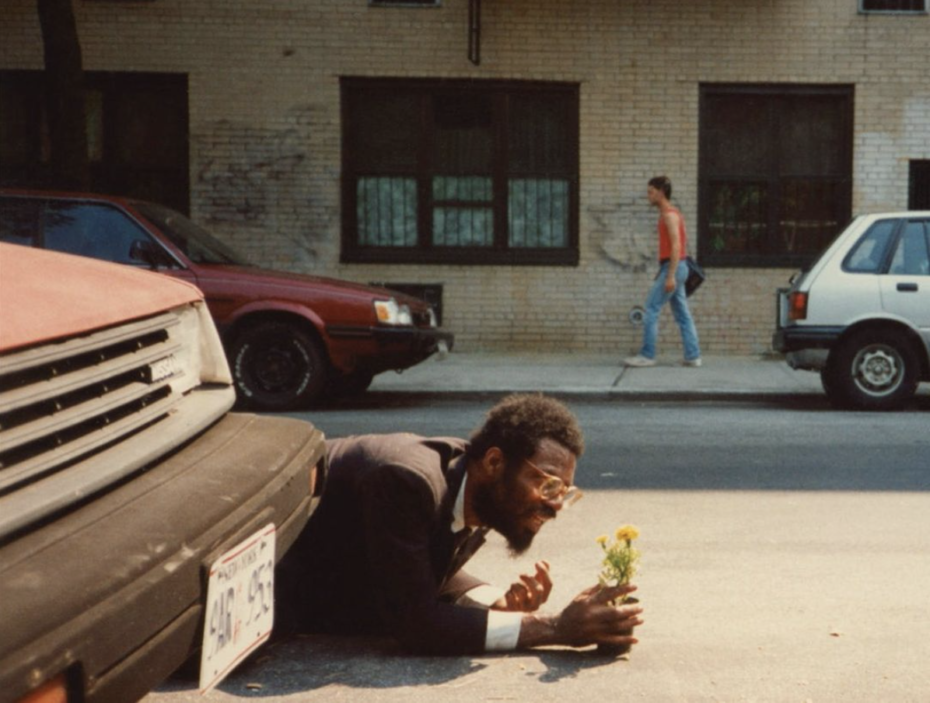
Meet performance artist Pope .L “who traversed a substantial portion of New York City (and parts of Europe) on his hands, knees, stomach, and elbows, wearing everything from a Superman costume to a sports jersey and Nike sneakers”.
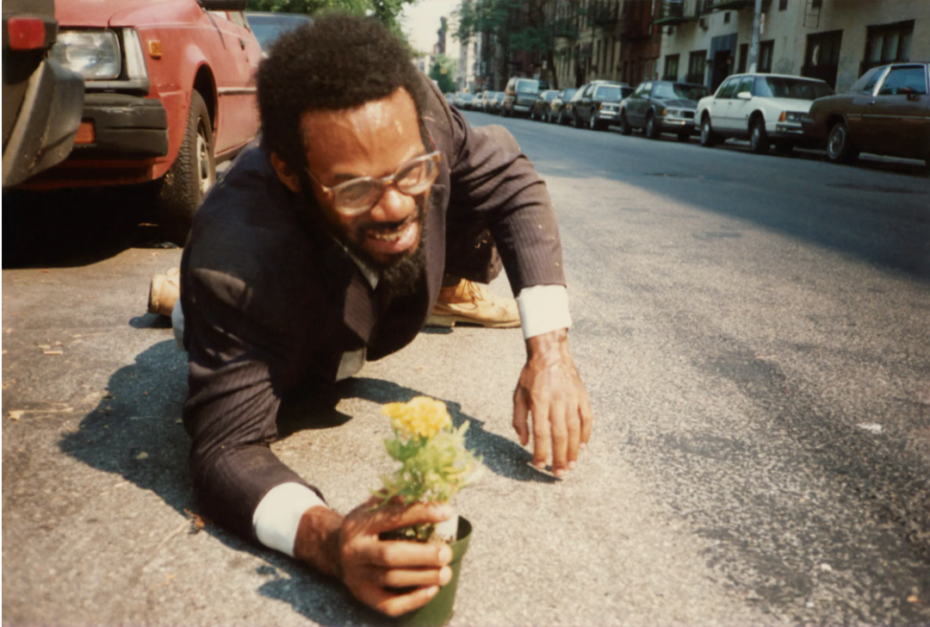
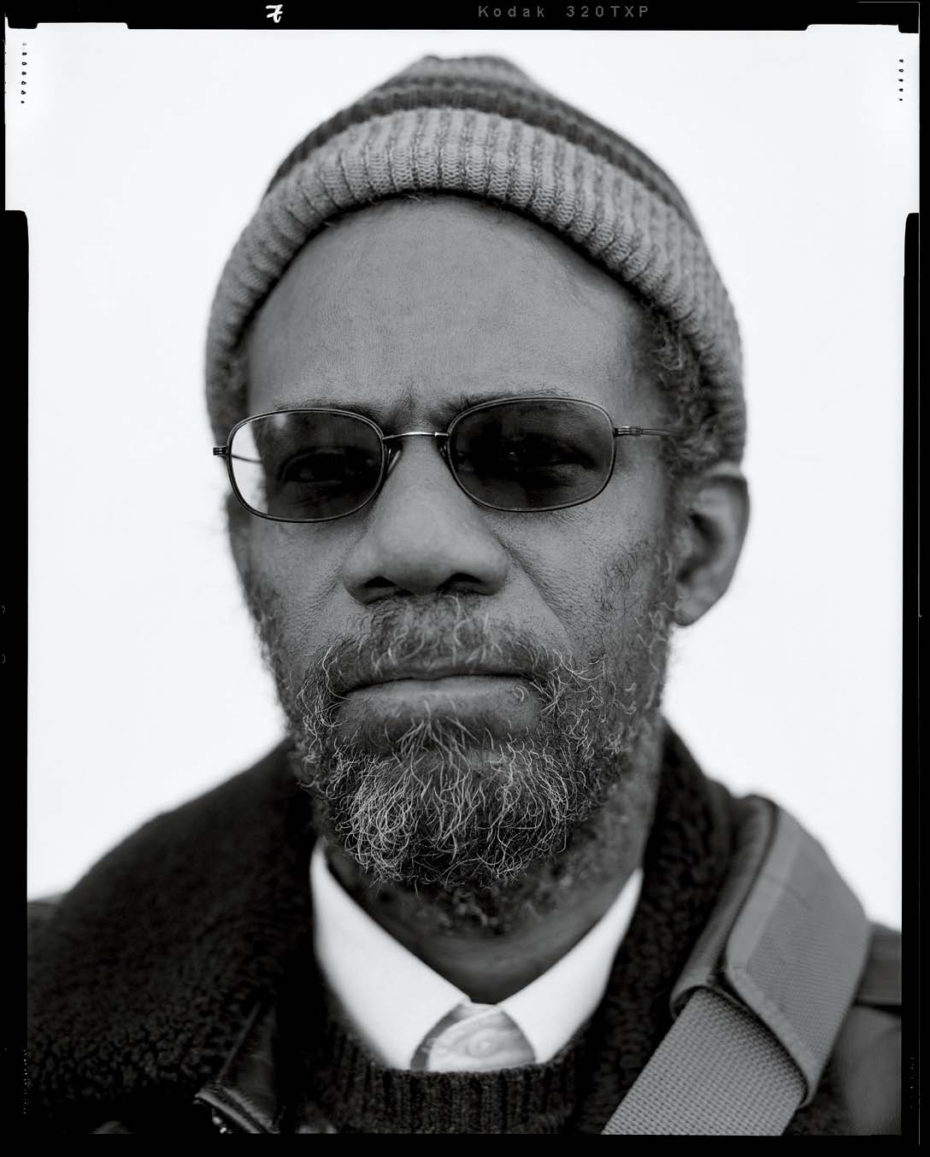
Pope L “has perfected crawling as his particular kind of disruption. He has traversed a substantial portion of New York City (and parts of Europe) on his hands, knees, stomach, and elbows, wearing everything from a Superman costume to a sports jersey and Nike sneakers.” The New Yorker reports.
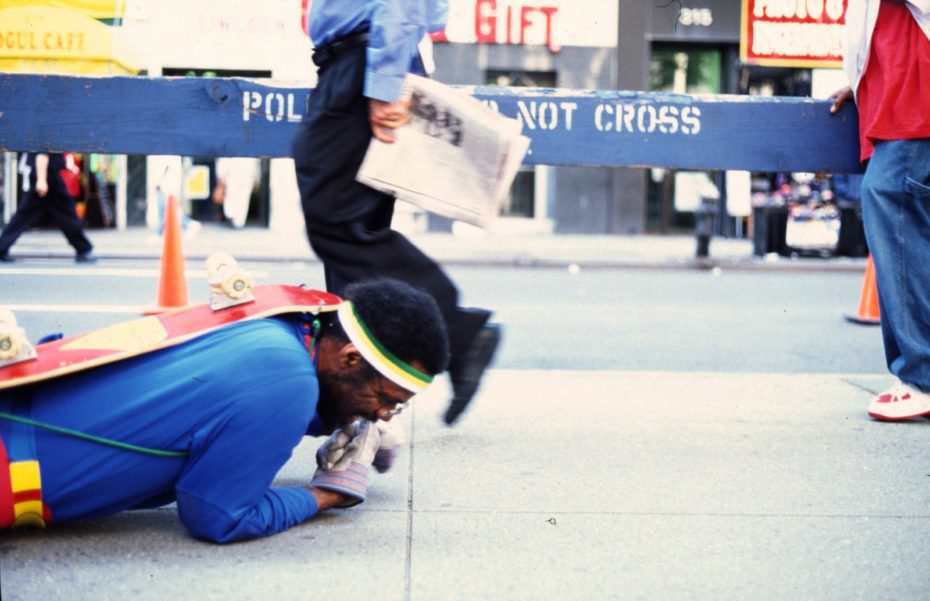
“One of the problems with . . . my crawl works is they have this marvelous creamy nougat center operating inside the performer, and this space is unfortunately not available in the images and mythologies that surround the work,” Pope says, sagely, of his own work.
His ATM piece in 1997 saw him attach himself to the door of a bank in Manhattan w nothing but a skirt of dollar bills and 8-ft of italian sausage.
Found on the New Yorker
2. The Egyptian Police Academy circa 1906
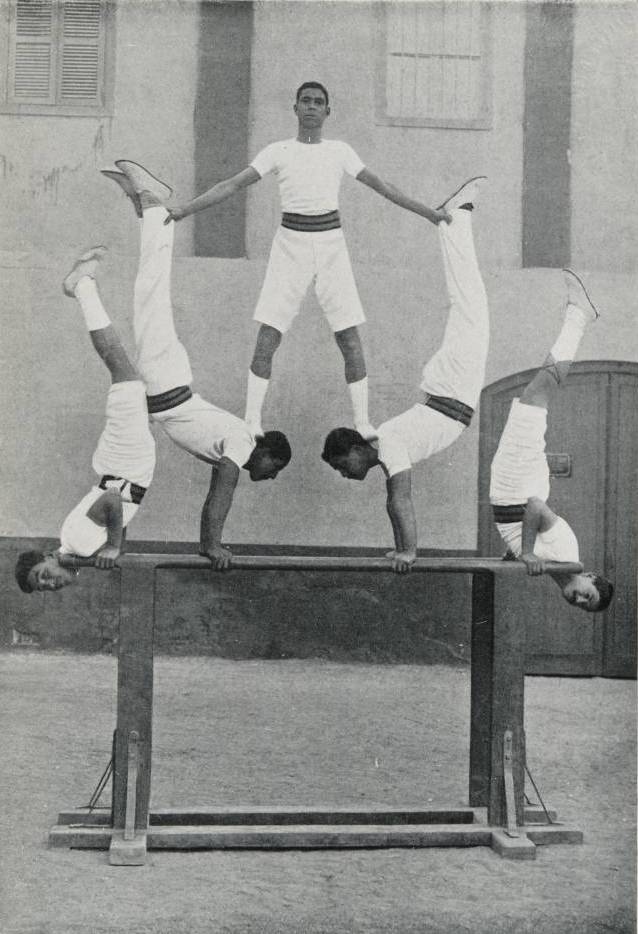
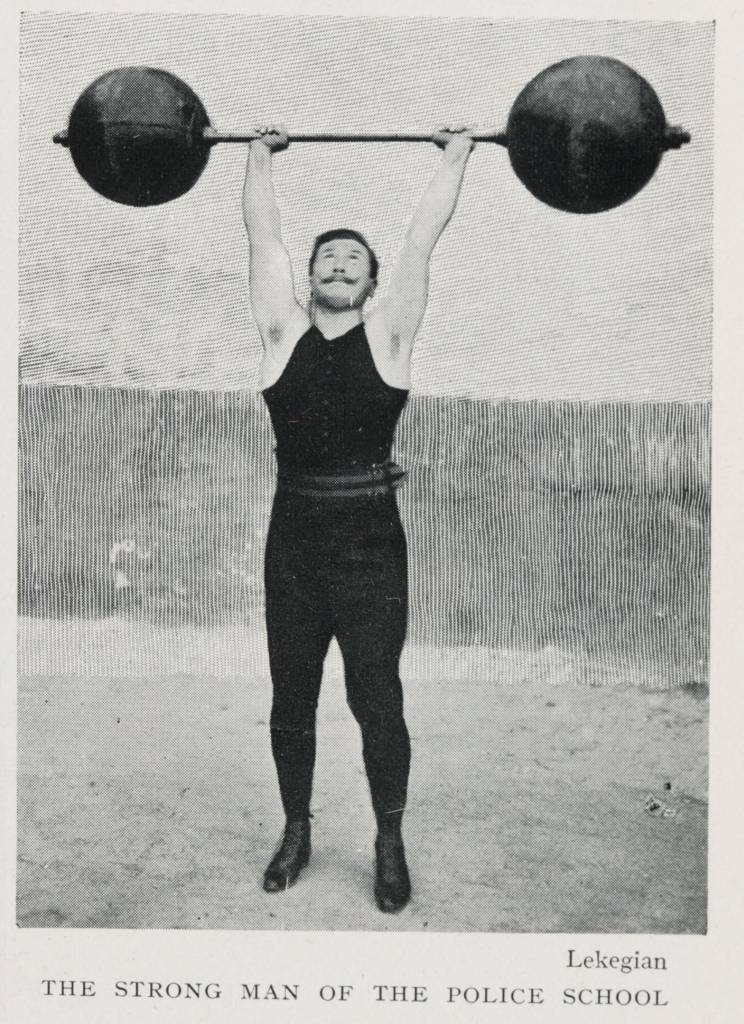
Found on this digital archive.
3. This Forgotten Art Nouveau Boulangerie Frozen in Time
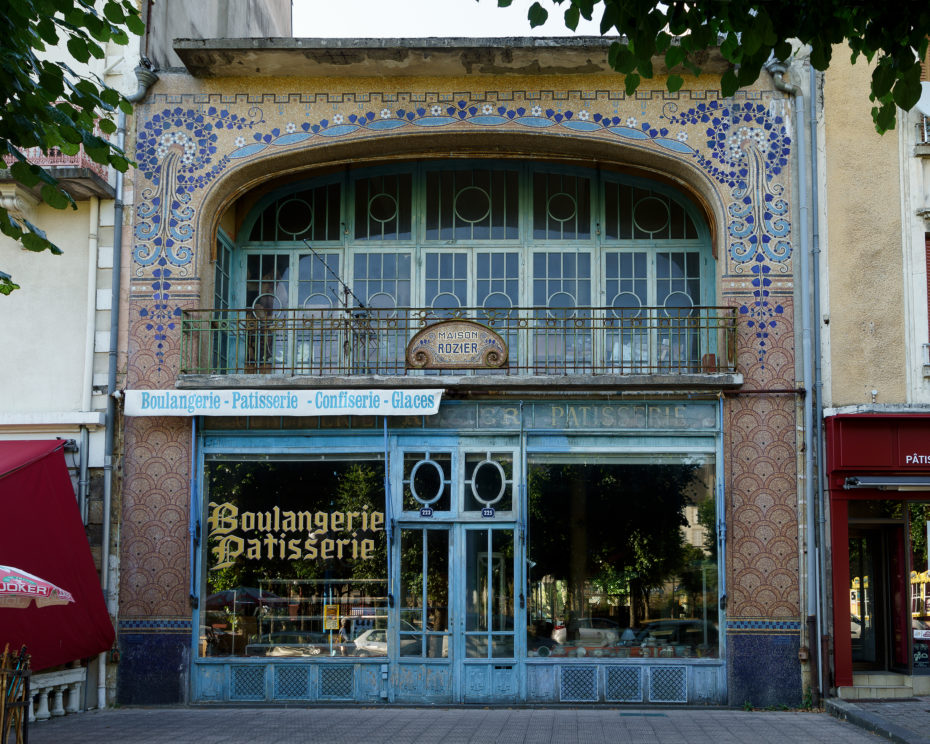
Run by the Rozier family, this boulangerie in La Bourboule, central France was designed by Louis Jarrier, an architect famous for his work on the thermal spas of the region. The shop was demolished in WWI, then rebuilt. It awaits a restoration/ rescuing/ revival.
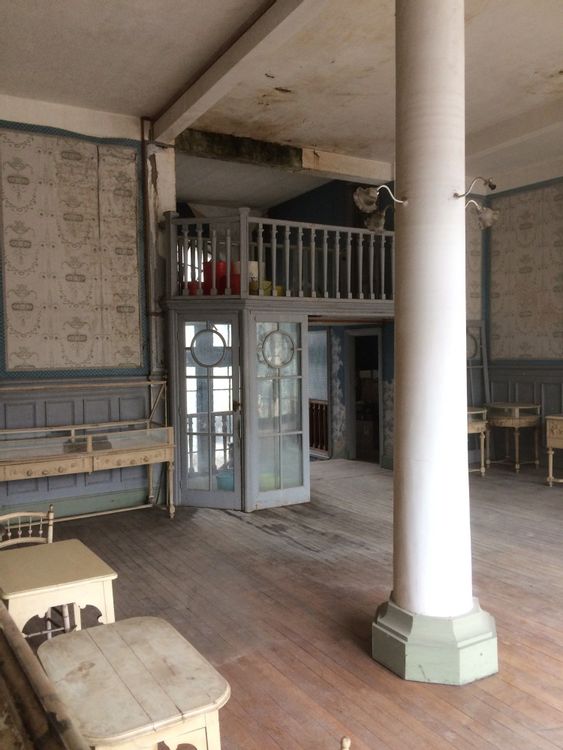
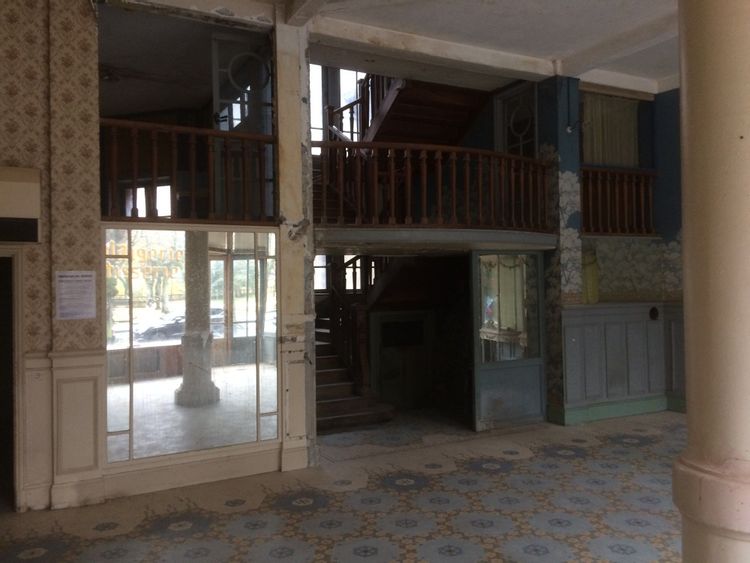
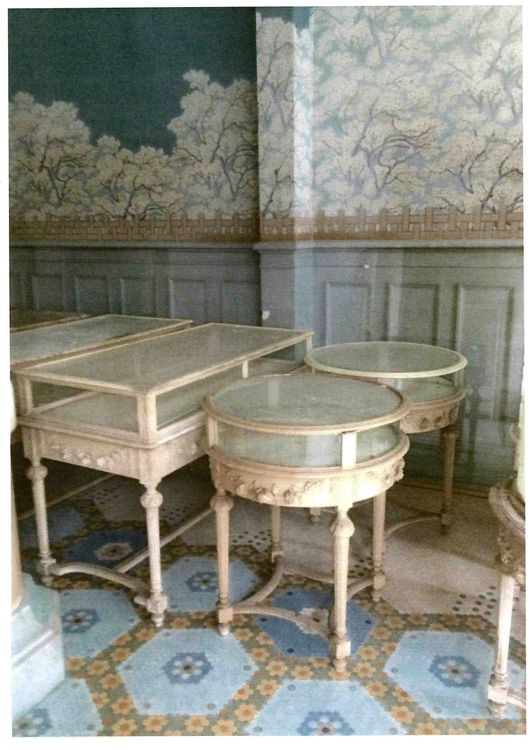
Found on Flickr, more information about the heritage here.
4. Heineken’s Lost Plan To Build Houses Out Of Beer Bottles
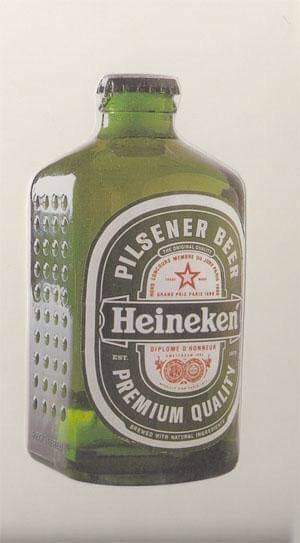
In 1963, Alfred Heineken created a bottle that could also function as a brick to build houses in impoverished countries. It was called the Heineken World Bottle (or WOBO).

Heineken actually produced 100,000 WOBOs in a test run (or enough to build roughly 100 small houses), and even constructed a whole home out of them near Freddy Heineken’s villa in Noordwijk, but the bottle never actually made it to market, most likely because customers of the 1960s preferred the feel and look of the rounded bottle.
Full article found on Fast Company.
5. The Invention of the Ski Chairlift
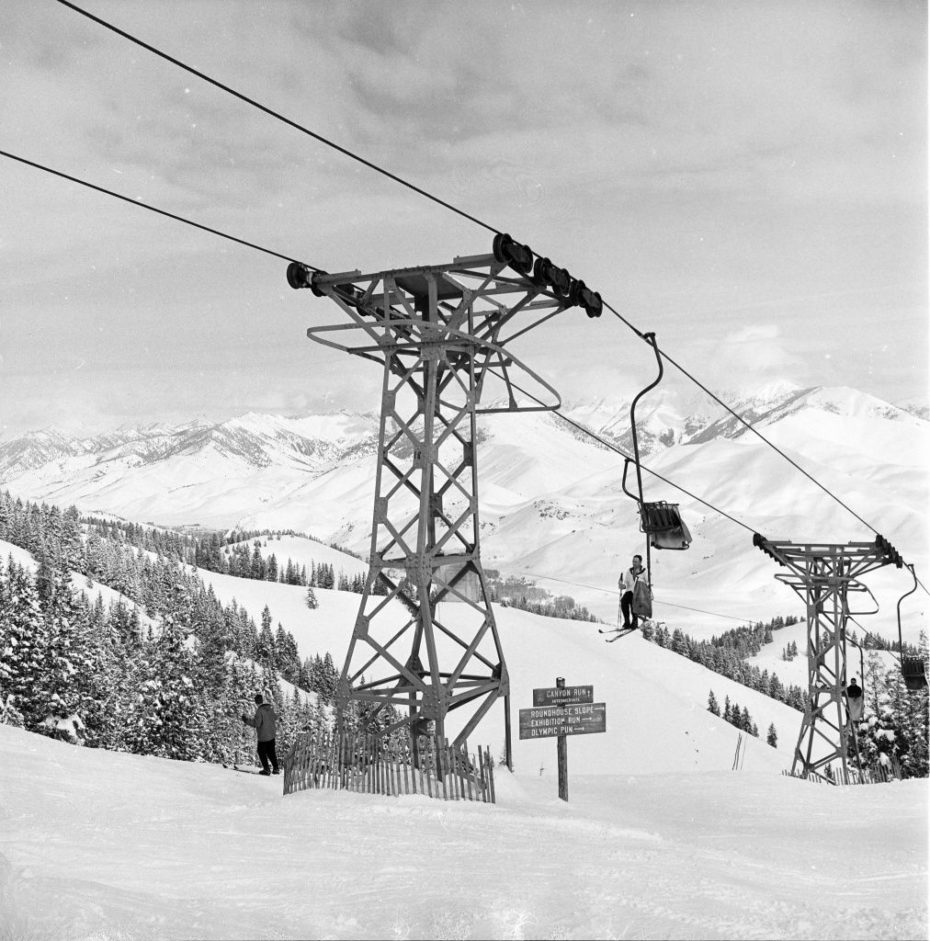
As ski resorts remain closed in Europe, their chair lifts and gondolas haven’t been turned on since the outbreak of the pandemic in 2020. Dedicated ski enthusiasts are learning to experience what life on the slopes was like before the invention of the ski lifts, hiking up the mountain with specialized climbing skins for uphill alpine skis. In the meantime, here’s a look at the engineering invention that revolutionised the sport forever and created a booming tourism industry for ski resorts….
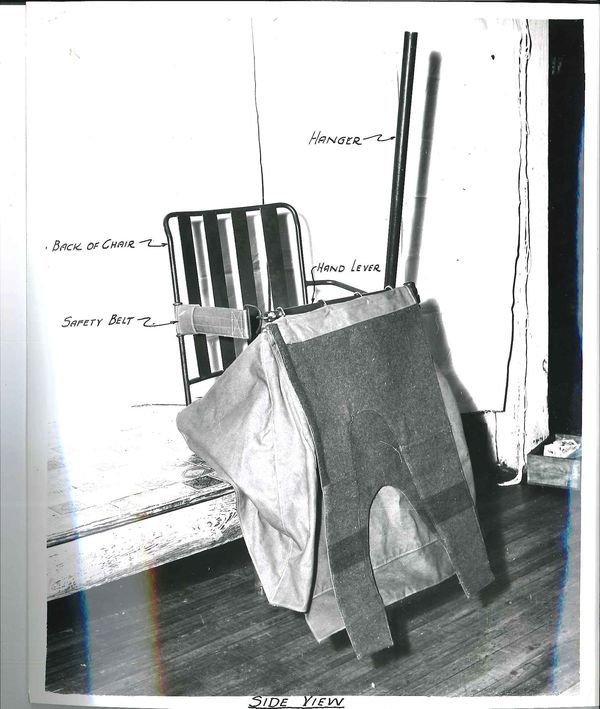
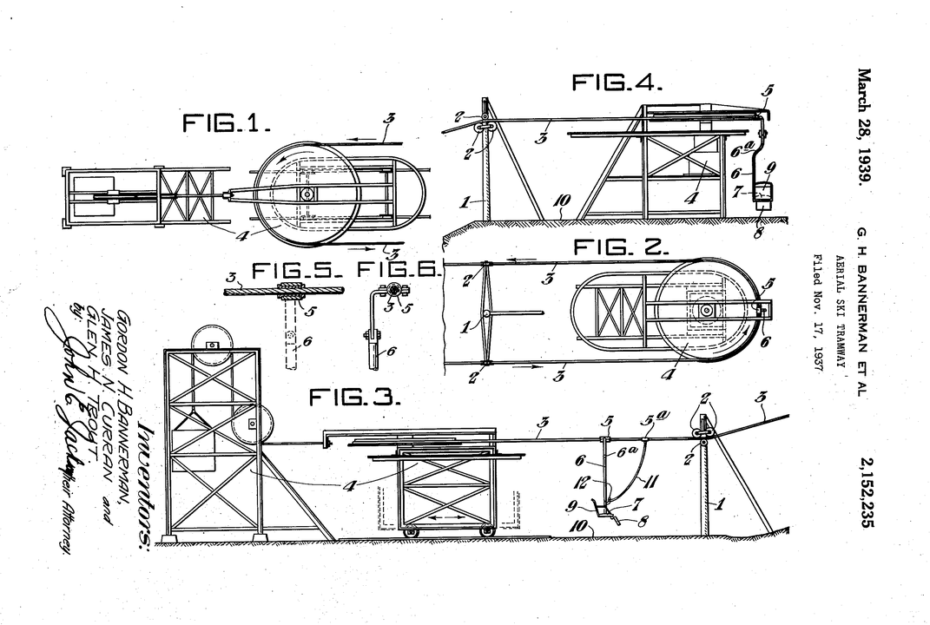
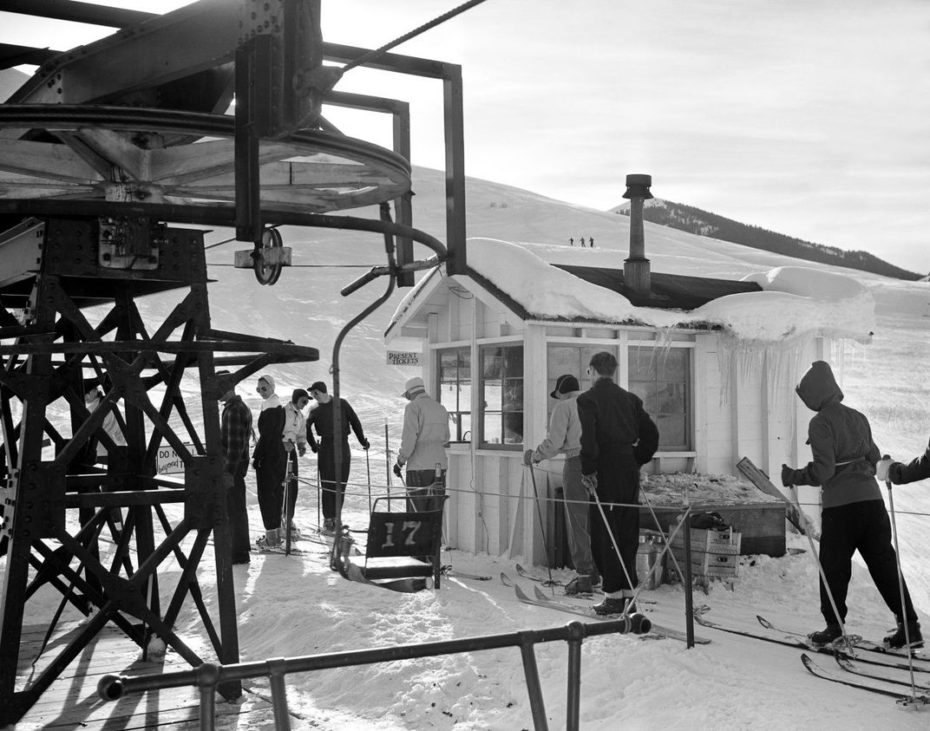
An article found on The Smithsonian.
6. This Scottish Lighthouse Keeper’s Cottage, available for Sleepovers

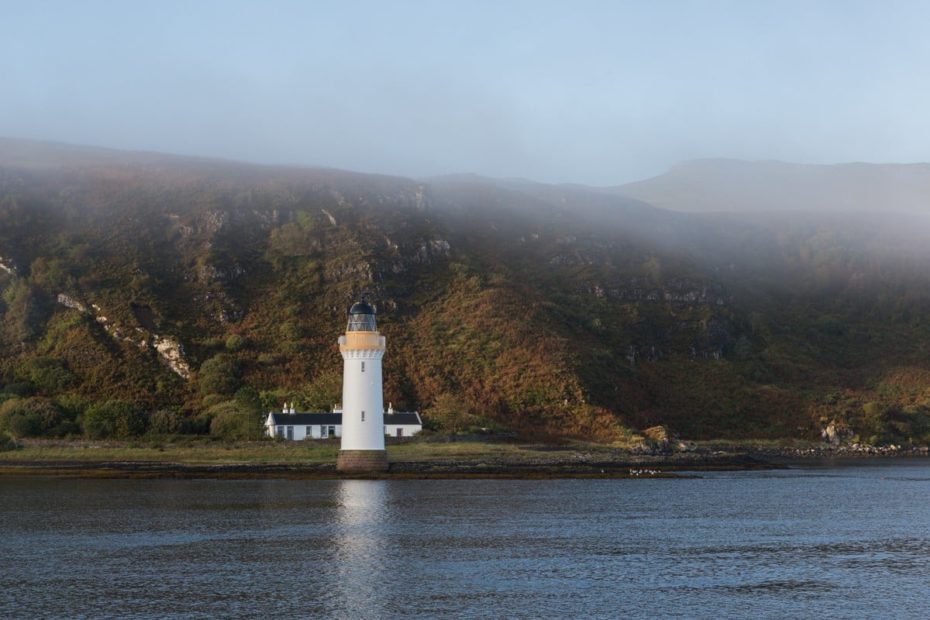


Found on Airbnb.
7. This Italian futurist painter’s private digs in Rome




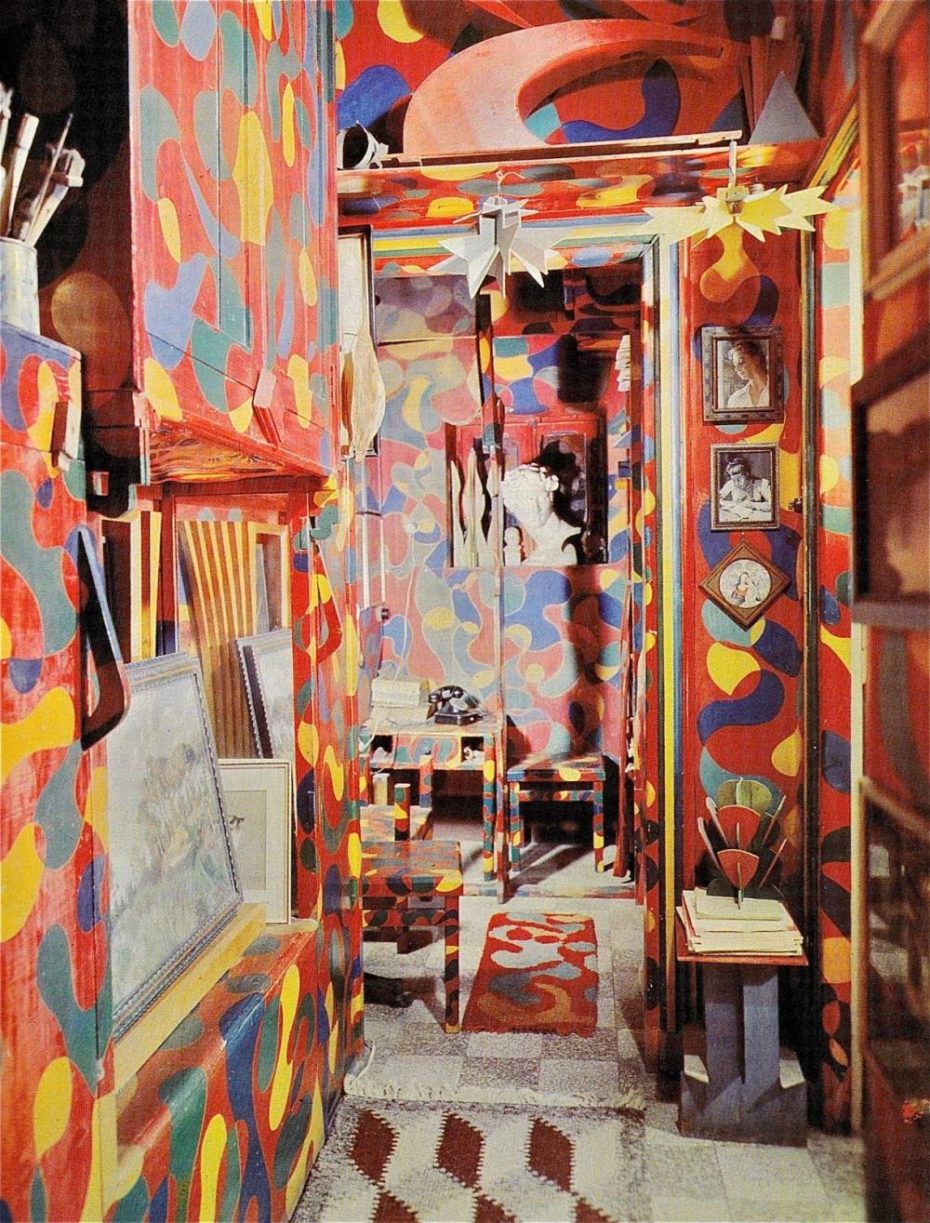
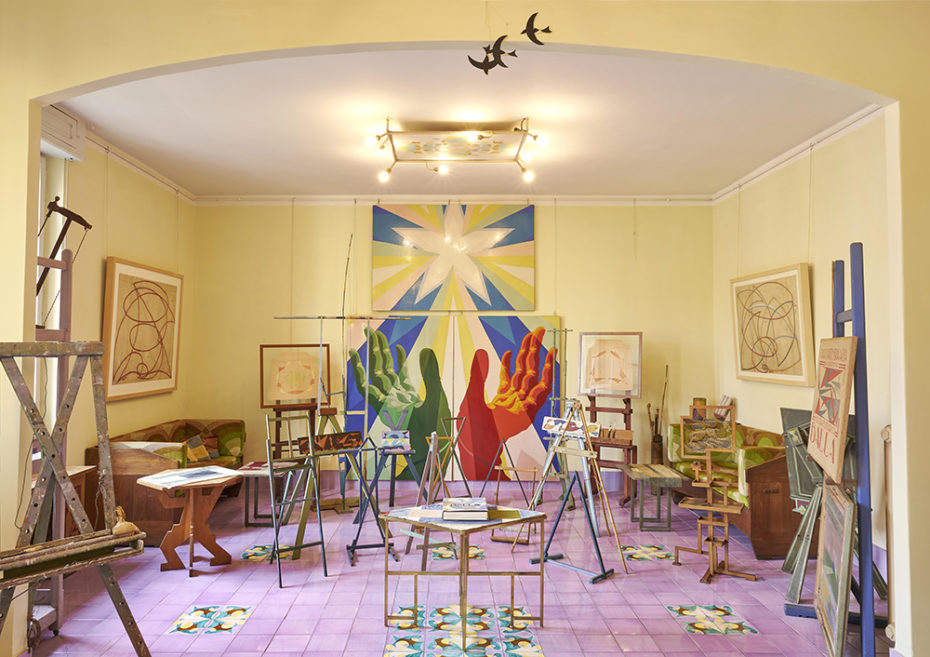
Giacomo Bella’s flat in Rome was the artist’s home and studio for over 30 years. His vibrant and colorful abode became a refuge and community space for Italian artists of the time, who were grappling with the daily realities of the First World War. The studio was open to visitors this past summer – keep your eyes peeled for the next time to doors open…
Found on Minnie Muse.
8. Mavo, a radical Japanese art movement of the 1920s
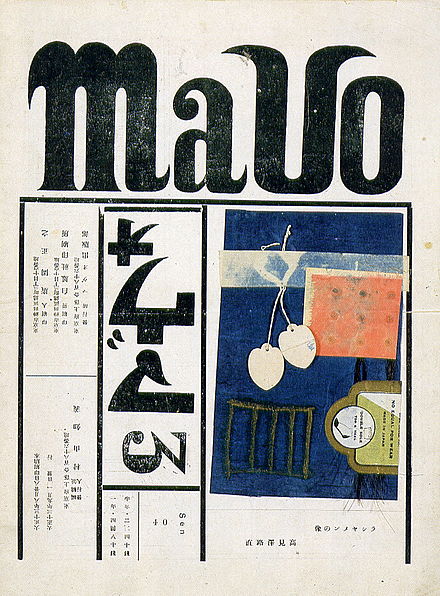
In July 1923 in Tokyo, a new Dadaist group published Mavo, an anarchist, nihilist, and leftist journal. The publication included socio-political essays on art, poetry, and theatrical texts. Against the post-WWI backdrop of a rapidly globalizing world, the Mavoists held guerilla style art exhibitions in public spaces, which were often stopped by the police. They cited communist ideology in their statements against the bourgeoisie in an issue of the magazine that came with a firecracker attached to the cover.
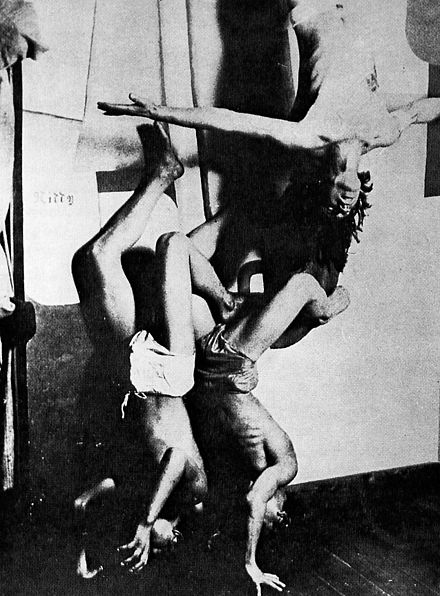
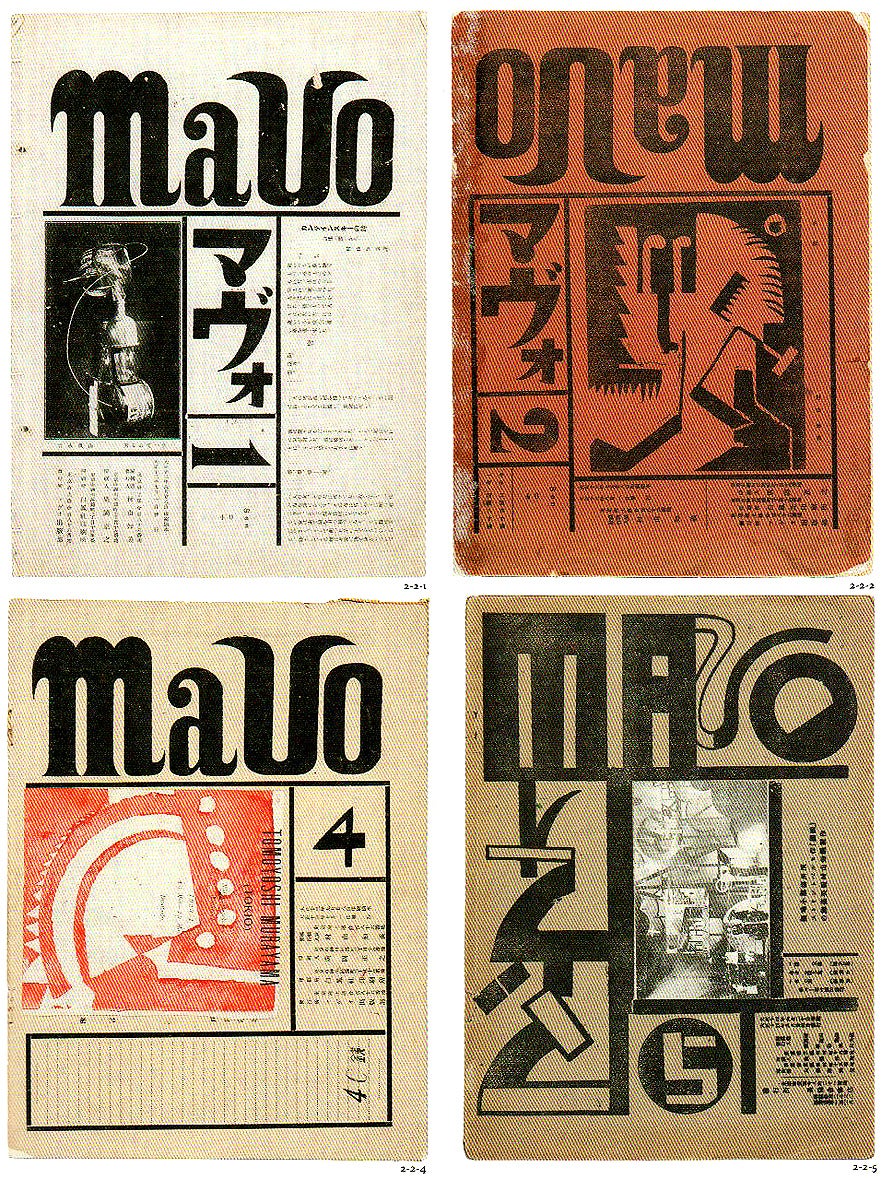
Found on Wikipedia.
9. Preformationism: the historical belief that sperm were actually fully-developed miniature men
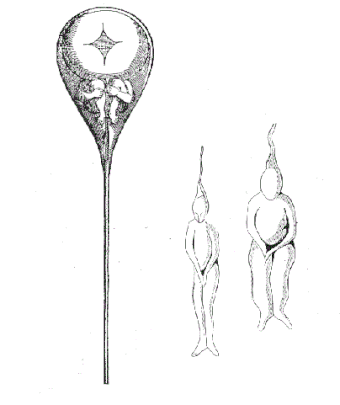
The things we thought, when we didn’t know what to think… one of these formerly popular beliefs was called “preformationism,” and it was essentially believed that sperm contained miniature men who grew into a fetus once deposited inside the womb. At some point the “spermists” as they called themselves, realized that children tend to resemble their mothers, as well as their fathers, and the once thoroughly-opined theory fell into disuse.
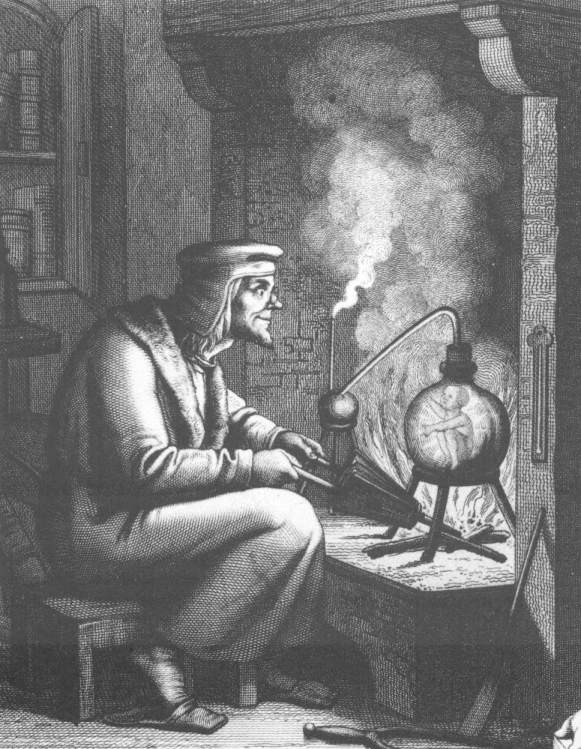
Found on Wikipedia.
10. The Other Jane Goodall: Dian Fossey
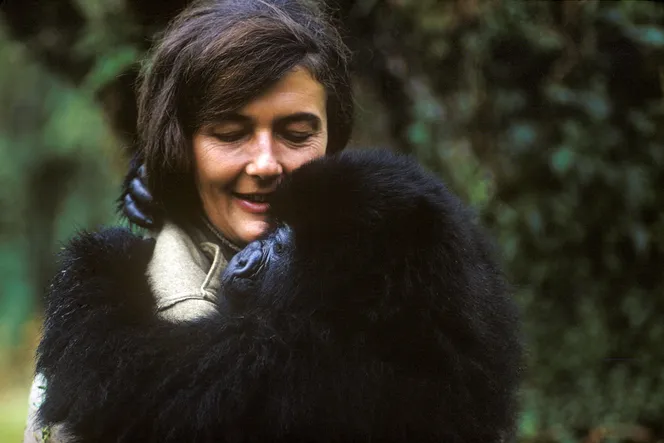
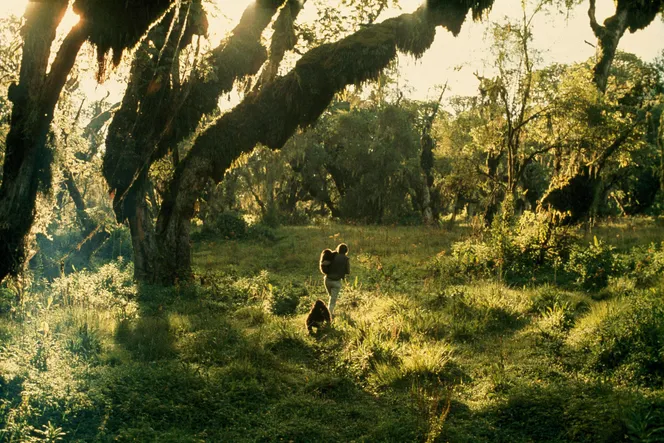
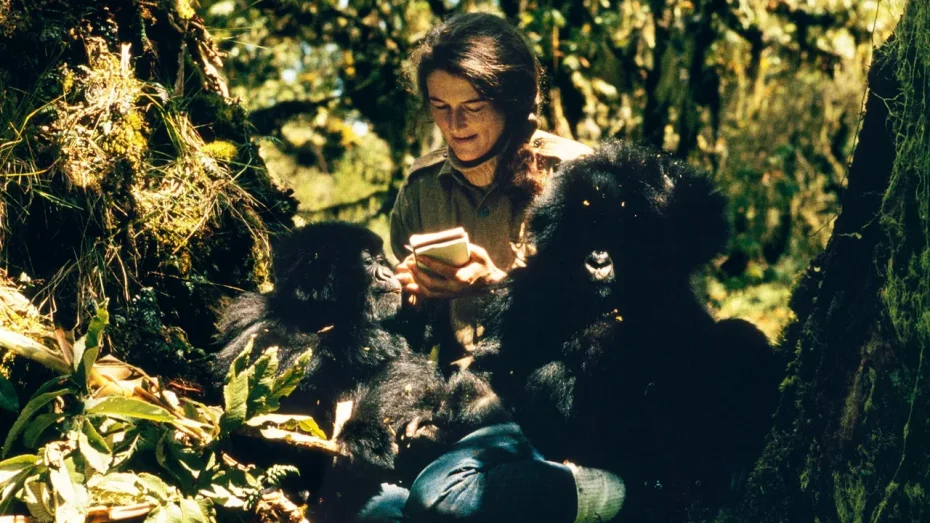
It took a village to study and raise ecological awareness of declining primate populations. Jane Goodall, Biruté Galdikas and Dian Fossey all worked under the paleo-anthropologist Louis Leakey, and were nicknamed the “Trimates.” She was revolutionary in the field for her real-time on-site, “active conservation” in the field, combined with her work towards more academic, long-term conservationist goals to protect the species. She fought tirelessly against poachers and the other environmental conditions causing extreme decline in gorilla populations, and worked her staff hard (some say ruthlessly). Fossey was tragically bludgeoned to death in 1985 in her remote cabin in Rwanda from which she had been completing research. Although the murder was never resolved, her American assistant was convicted in absentia. Her legacy in the research community leaves an indelible imprint on modern environmental science.
Photos and sources found on National Geographic.
11. The 160-year old Dickens code thats finally been cracked

Described as a “savage stenographic mystery” the code has been unsolvable until computer programmers finally cracked it last month, ending a 160-year old mystery. A type of crowdsourcing technology invented by our generation made it possible to finally decipher the message. The code-crackers are two American programmers (one had never read Dickens before) using internet resources like Reddit as an operation of international teamwork.

It turns out the message was just about resolving a small dispute over an advertisement in The Times of London Newspaper, and not a murder confession or steamy love letter (but you can find some of those here).
Found on Open Culture.
12. The company helping people join the mile-high club

Pilot Andy Johnson’s passion for flight took him to new heights, that is, becoming the founder of Love Cloud. If a tiny airplane bathroom’s not your thing, for just under $1,000 USD you can rent out a private plane to have sex. “A curtain separates the passengers from the pilot, who wears noise-canceling headphones and remains in the cockpit for the duration of the flight. Yes, the plane and its bedding are cleaned after each trip.”


All photos from The New York times.